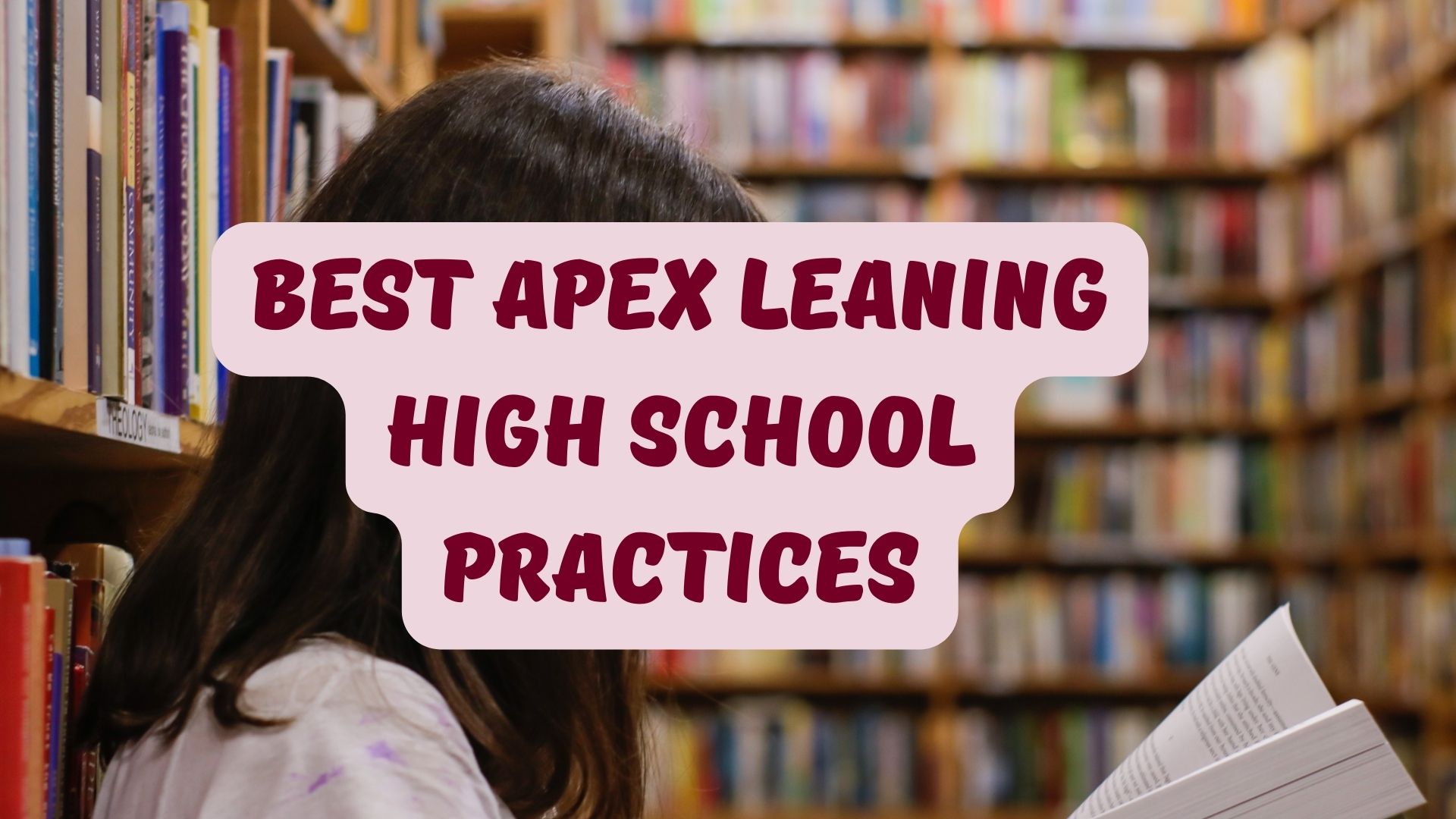Effective teaching strategies play a crucial role in fostering student success and engagement in the classroom. Educators strive to create an environment that encourages active learning, critical thinking, and deep understanding. To achieve this, mastering core teaching strategies is essential. These strategies serve as a foundation for educators to effectively deliver content, facilitate student learning, and promote academic growth. In this article, we will explore ten key core teaching strategies that can significantly impact student success. By implementing these strategies, educators can create a dynamic and enriching learning experience for their students.
Table of Contents
Understanding Core Teaching Strategies
Core teaching strategies refer to the fundamental approaches and techniques employed by educators to impart knowledge, skills, and values to students. These strategies are based on research-backed principles of effective instruction and aim to engage learners, promote critical thinking, and enhance learning outcomes. By integrating core teaching strategies into their pedagogical practices, educators can create an inclusive and supportive learning environment that caters to diverse student needs and abilities.
Active Learning: Fostering Engagement and Participation
Active core teaching strategies that encourages students to actively participate in the learning process. By engaging students in hands-on activities, discussions, and collaborative projects, educators can deepen their understanding of concepts and improve retention. Incorporating active learning techniques such as group work, debates, simulations, and problem-solving tasks can enhance student engagement and foster a sense of ownership in their education. These approaches encourage students to become active contributors to their learning journey, leading to improved academic performance and overall student success.
Differentiated Instruction: Catering to Diverse Learning Needs
Differentiated instruction is a core teaching strategies that recognizes the diverse learning needs and abilities of students. It involves tailoring instructional methods, content, and assessments to accommodate individual learning styles, preferences, and strengths. By incorporating differentiated instruction, educators can create a supportive and inclusive classroom environment where every student has the opportunity to thrive. This approach acknowledges that students learn differently and allows teachers to provide targeted support and enrichment based on individual needs.
Effective Classroom Management: Promoting a Positive Learning Environment
Effective classroom management is a core teaching strategies that establishes a positive and productive learning environment. It encompasses various techniques and practices that ensure smooth operation, minimize disruptions, and promote student engagement. By setting clear expectations, implementing consistent routines, and fostering positive relationships, educators can create a safe and structured space conducive to learning. A well-managed classroom allows students to focus on their studies, collaborate with peers, and actively participate in classroom activities, leading to improved student success.
Assessment for Learning: Monitoring Student Progress
Assessment for learning is a core teaching strategies that involves ongoing monitoring of student progress and providing timely feedback to support their growth. By using a variety of formative assessment methods such as quizzes, projects, and class discussions, educators can gauge students’ understanding and tailor instruction accordingly. Regular feedback helps students identify areas of improvement, set goals, and make adjustments to their learning strategies. Implementing assessment for learning strategies not only enhances student achievement but also cultivates a growth mindset and a sense of ownership in students.
Technology Integration: Enhancing Learning Opportunities
Technology integration is a core teaching strategies that harnesses the power of digital tools and resources to enhance learning opportunities. By incorporating technology into instruction, educators can create interactive and immersive learning experiences that cater to diverse learning styles and interests. Utilizing multimedia presentations, educational apps, online collaboration platforms, and virtual simulations can make learning more engaging and relevant for students. Technology integration also promotes digital literacy skills, which are essential for success in the modern world.
Cooperative Learning: Fostering Collaboration and Communication
Cooperative learning is a core teaching strategies that emphasizes collaboration, teamwork, and communication among students. By organizing students into small groups to work on shared tasks or projects, educators promote peer interaction, problem-solving skills, and effective communication. Cooperative learning encourages students to actively engage with their peers, exchange ideas, and learn from one another’s perspectives. This strategy not only enhances academic achievement but also fosters important social and interpersonal skills that are valuable beyond the classroom.
Scaffolded Instruction: Supporting Learning Progression
Scaffolded instruction is a core teaching strategies that provides students with the necessary support and guidance to achieve learning goals. Educators gradually release responsibility to students, starting with explicit instruction and gradually transitioning to independent learning. By breaking down complex concepts into manageable steps and providing structured support, educators can facilitate student comprehension and skill development. Scaffolded instruction ensures that students build a solid foundation of knowledge and gradually develop the confidence and independence required for academic success.
Culturally Responsive Teaching: Valuing Diversity and Inclusion
Culturally responsive teaching is a core teaching strategy that recognizes and values the diverse backgrounds, experiences, and perspectives of students. It involves incorporating students’ cultural references, traditions, and experiences into the curriculum to create a meaningful and relevant learning environment. By fostering a sense of belonging and cultural affirmation, educators can enhance student engagement, motivation, and achievement. Culturally responsive teaching promotes equity, inclusivity, and social-emotional well-being among students, contributing to their overall success in and beyond the classroom.
Reflective Practice: Continuous Growth and Improvement
Reflective practice is a core teaching strategy that involves self-reflection, assessment, and professional development to enhance instructional practices. Educators critically analyze their teaching methods, lesson plans, and student outcomes to identify areas for improvement. By seeking feedback from colleagues, attending professional development opportunities, and staying updated with current research, educators can continually refine their teaching strategies. The reflective practice cultivates a growth mindset and a commitment to lifelong learning, ultimately benefiting student success and achievement.
Conclusion
Mastering core teaching strategies is vital for educators seeking to optimize student success and engagement. By incorporating these strategies, such as active learning, differentiated instruction, effective classroom management, assessment for learning, technology integration, cooperative learning, scaffolded instruction, culturally responsive teaching, and reflective practice, educators can create an enriching and inclusive learning environment. By implementing these strategies effectively, educators can cater to diverse student needs, foster engagement, promote critical thinking, and facilitate deep understanding. Embracing core teaching strategies empowers educators to make a positive impact on student outcomes, ensuring their academic growth and future success.
Learn about: Embark on a journey of knowledge at our lifelong learning center. Join fellow lifelong scholars and fuel your passion for learning.








